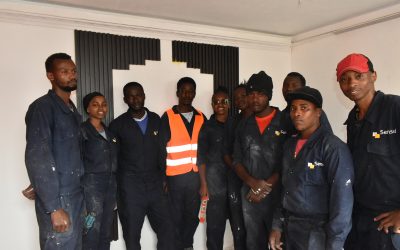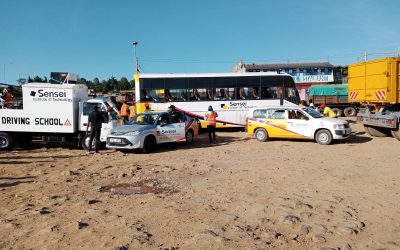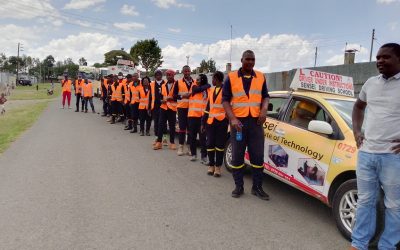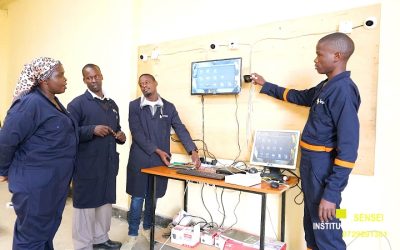Important Information About Solar Installation
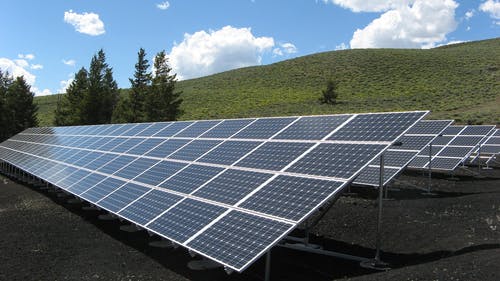
Solar installation is gaining prominence with the rising cost of electricity. Solar systems combines solar panels, mounting systems and solar inverter with computerized controller.
Solar panels operate in such a way that; they produce direct current electricity from the sun and the inverter converts the electricity to alternating current that can be used.
What is AC and DC in electricity?
AC stands for alternating current while DC stands for direct current
Which is better AC or DC?
There are questions surrounding these two. In simple terms, alternating current (AC) is economical to generate it and losses less energy in comparison to direct current (DC)
Advantages of Solar energy
Solar energy has many advantages. They include;
- The energy is clean and friendly to the environment
- It is affordable in the long term
- The value of your home increases
- You are likely to enjoy tax benefits because using renewable energy
Disadvantages of solar energy
- You depend more on the weather
- Solar panels do not generate energy at night
- The first time cost of solar installation maybe high
Simple Steps on Solar Panel Installation
- Scaffolding
This is the process of preparing a temporary platform where you will place the solar panel. You can learn more about scaffolding for a better understanding
- Install Solar Panel Mounts
This helps to support the solar panels to stay at a good angle. There are various types of solar panel mounts. They include; roof-mounted racks, ground-mounted racks, top-of-pole mounted racks, side-of-pole mounted racks, tracking system mounted racks, etc
- Install the Solar Panels
The third step is to install the solar panels now. Make sure you fix them well. There are various types of solar panels. They include; monocrystalline solar panels, polycrystalline solar panels and thin film (amorphous) solar panels.
- Wiring
This is the step where you do the electrical wiring. You can always learn more on electrical wiring and installation for a better understanding.
- Installation of inverter
A solar inverter is a must-have. It can either be in the house or outside.
- Link the bond between Solar Inverter and Solar Battery
Thereafter, the solar inverter has to be connected to the solar battery. The solar battery storage can save you from worrying about the lack of usable energy during cloudy times.
- Merge the solar inverter with the consumer unit
- Start and Test Solar Panels
Can a house run on solar power alone?
Yes, it can, you can power a house, factory, school or any other facility with solar energy and save costs.
Can solar panels charge a car?
Solar energy power electrical cars as well. Therefore, just like electricity, you can use this energy for your day to day activities.
Can solar power my entire home?
Absolutely yes, your entire home can be run by solar energy.
How long does a solar panel last?
Solar panels have a good lifespan ranging from 25 to 30 years. This means that they will serve you for a good period of time before you think of changing.
How much is solar panel cost in Kenya?
The cost of solar panels depends on the size you need. The prices ranges from Ksh 10,000 to as high as Ksh 300,000. Depending with what you need the costs keep increasing or reducing.
Can solar power run a fridge?
Yes, it can but for a short period of time. In addition, you can buy powerful ones that can power electronics in your house.
How do I become a solar installer in Kenya?
You can become a professional solar installer in Kenya by enrolling with Sensei College Solar Installation Course
You can also find Solar Installation Course in Nakuru City and also in Nairobi City
